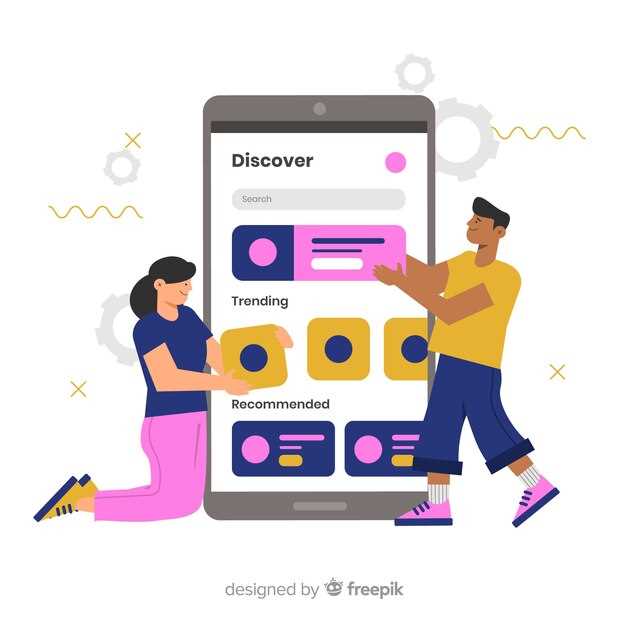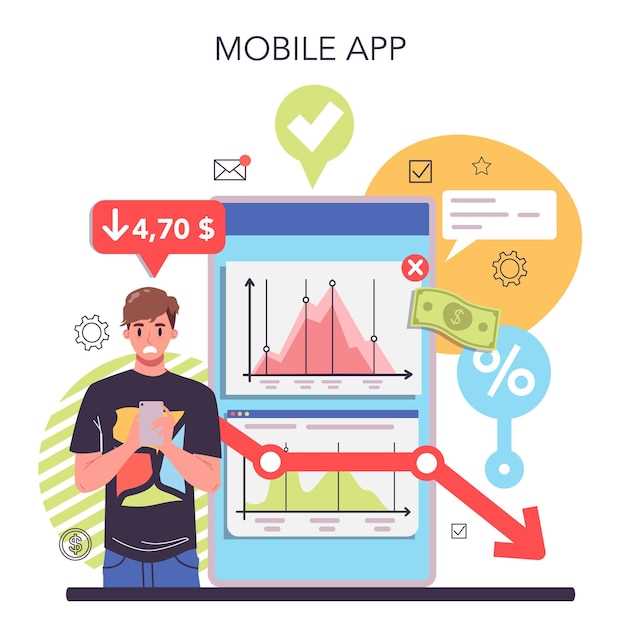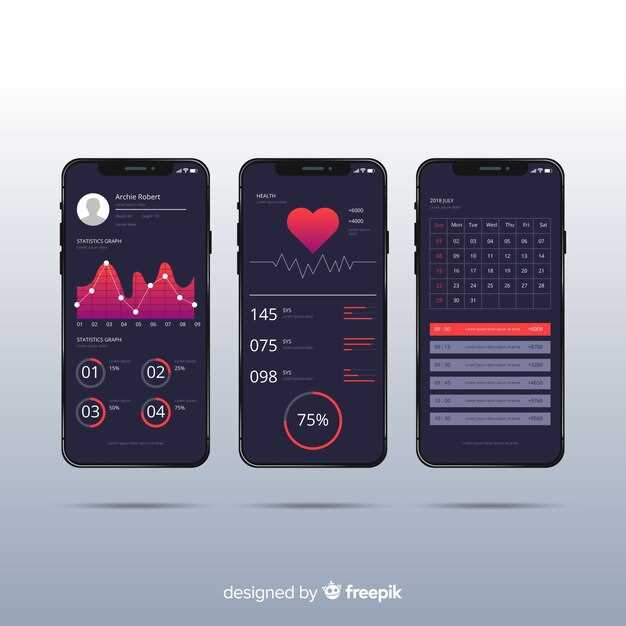In today’s digital world, selecting a suitable solution for application creation can be a challenging endeavor. Numerous options flood the market, each claiming to offer unique benefits. It’s crucial to navigate through these choices carefully. Different needs arise depending on target audience, business model, and desired features.
Various factors influence your decision-making process. Understanding the underlying technologies is essential. Budget constraints frequently impact your selections as well. User experience plays a pivotal role in determining your application’s success.
Not every tool fits every purpose. For instance, some frameworks shine in performance, while others excel in ease of use. Making an informed choice can propel your project far beyond initial expectations, whether you aim for a simple utility or a complex social platform.
This exploration will delve into key considerations when evaluating available options. From compatibility to scalability, each aspect demands careful thought. By examining these components, you will be better equipped to make decisions that align with your objectives.
Choosing the Right Mobile App Development Platform

In today’s fast-paced digital world, selecting an appropriate framework for creating applications is crucial. Each option presents unique features and challenges. Developers must evaluate their specific needs. Time, budget, and target audience influence the final decision significantly.
Quality and performance are non-negotiable aspects that should never be overlooked. A well-made application not only attracts users but also retains them. Testing various tools can unveil hidden potential. Some may excel in speed, while others offer advanced customization.
It’s vital to consider how well certain frameworks integrate with existing systems. Compatibility with multiple devices might affect a product’s reach and success. Alongside aesthetics and usability, reliability truly matters in this competitive market. Crafting something that resonates with users requires thoughtful planning and thorough research.
Moreover, another significant factor is the available community support and resources. Engaged communities often mean more tutorials, plugins, and troubleshooting assistance. This support becomes invaluable during development phases. Remember, choosing an effective solution is more than just a simple selection; it’s a strategic move that can define an application’s future in the mobile ecosystem.
Ultimately, weighing the pros and cons of each framework demands careful consideration. Evaluate long-term maintenance plans as well. What seems appealing today might become a hindrance later. Always keep scalability in mind, as it allows for flexibility in future updates.
Understanding Different Development Approaches
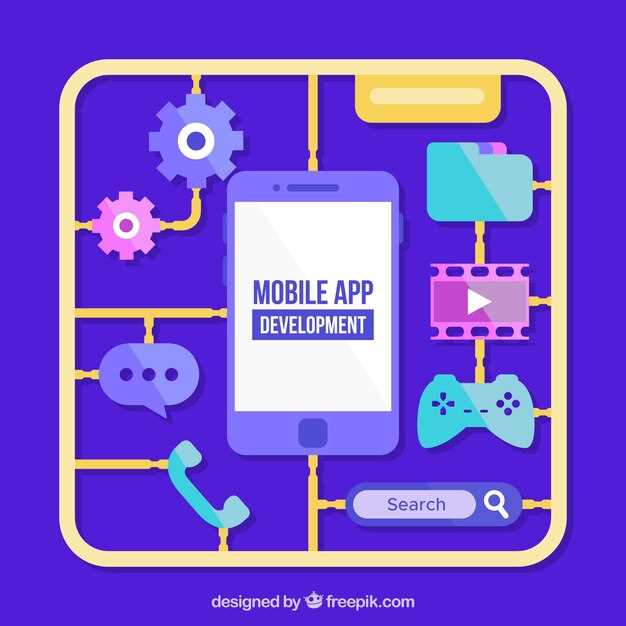
In today’s digital landscape, crafting software solutions requires careful thought. Each strategy offers unique advantages and challenges. From conceptualization to deployment, selecting an appropriate method can significantly impact overall success. Various techniques cater to diverse project needs, resources, and timelines. Awareness of these distinctions is crucial for informed decision-making.
Native development allows programmers to create applications specifically for one operating system. This method typically ensures optimal performance, as the software utilizes the system’s core features. However, it often demands more time and higher costs. Cross-platform approaches enable developers to build an application that runs on multiple environments with a single codebase. Though this option is generally more efficient, it might sacrifice some performance and user experience.
Hybrid solutions combine elements of both native and cross-platform techniques. These approaches offer flexibility, allowing rapid iteration without overextending resources. Yet, they can lead to complications if not implemented correctly. Additionally, there’s a rise in low-code and no-code platforms, which empower users with minimal technical expertise to construct functional applications quickly.
| Approach | Advantages | Disadvantages |
|---|---|---|
| Native | High performance, better UX | Higher costs, time-consuming |
| Cross-Platform | Faster development, single codebase | Possible performance issues |
| Hybrid | Flexibility, speed | Complexity in execution |
| Low-Code/No-Code | Easy, requires little tech skills | Limited customization, potential pitfalls |
Ultimately, selecting an appropriate development approach hinges upon project specifics, team expertise, and long-term vision. Each method presents distinct pathways that can lead to successful software outcomes or hinder progress if misaligned with goals.
What is Native App Development?
Native app creation pertains to crafting software specifically designed for a particular operating system. This approach embodies the essence of integration with device features, ensuring seamless performance with each platform’s capabilities. Developers utilize platform-specific languages and tools, resulting in an experience tailored for users. Compatibility and user interface design are optimized, enhancing the overall interaction.
By focusing exclusively on one ecosystem, native apps can utilize all native features effectively. They often provide superior performance compared to other options, such as hybrid or web applications. The applications take full advantage of hardware capabilities, resulting in faster load times and smoother animations.
A developer creates a native app for iOS using Swift or Objective-C and for Android using Java or Kotlin. This dedicated process leads to a polished product that not only meets user expectations but exceeds them in terms of functionality and design.
However, this approach involves higher costs and time commitment, as separate versions are needed for each platform. Despite these challenges, businesses often favor native development due to its unparalleled performance and engaging user experience.
Key Benefits of Native Solutions
Native solutions offer numerous advantages that enhance user experience and performance. They are designed specifically for one platform, ensuring seamless functionality. This tailored approach often leads to smoother interactions and faster load times. Additionally, native applications can take full advantage of device features.
The access to hardware capabilities is unparalleled. Whether it’s GPS, camera, or accelerometer, native applications utilize these tools efficiently. Performance is another crucial aspect. These products are optimized for speed and responsiveness, resulting in an intuitive experience that users appreciate.
Moreover, development updates and maintenance are generally more straightforward. When a platform introduces new features, native apps tend to integrate these enhancements faster. Users benefit from continuous improvements and refinements. Updates enhance security and stability, contributing to overall satisfaction.
Native solutions also provide a superior ability for offline functionality. Users can access features and content without an internet connection. This level of reliability encourages engagement and fosters loyalty. With such compelling benefits, it becomes clear why many opt for native approaches.
Limitations of Native Development
Native development offers unique benefits, yet it comes with notable constraints. Many developers may overlook these aspects early on. Understanding these limitations is crucial for making informed decisions. Budget restrictions often play a significant role in project execution.
- High costs associated with developing for multiple platforms.
- Longer time-to-market due to separate codebases.
- Increased need for specialized resources and expertise.
- Challenges in maintaining consistency across various versions.
While the performance and user experience of native applications can be exceptional, creating separate solutions for iOS and Android requires substantial investment in both time and financial resources, leading to complexities that many teams, especially smaller ones, may find difficult to manage effectively.
Additionally, frequent updates on operating systems can result in compatibility issues, complicating the maintenance process further. Developers must continuously adapt to changes to ensure smooth functioning across devices. This may lead to increased operational overhead.
- Need for testing on multiple devices.
- Limited reusability of code across platforms.
- Potential for fragmentation in user experience.
- Higher risk of delayed feature implementation.
Ultimately, while a native approach may yield robust applications, the various challenges associated with it necessitate careful consideration and strategic planning to ensure a successful outcome without exceeding budgetary constraints and timelines. Balancing performance with practicality is key for any development team.
When to Choose Native Apps
Native applications offer unique advantages that can significantly enhance user experiences. Their design principles align closely with operating system guidelines, resulting in seamless integration. This alignment often translates into superior performance. Selecting this route is crucial for specific scenarios. Let’s delve into situations where native apps shine.
- High performance: If performance is a priority, native solutions dominate.
- Access to device features: These apps leverage all device capabilities effectively.
- Offline functionality: Users can enjoy full functionality without internet access.
- Enhanced user experience: The intuitive interface leads to better user satisfaction.
- Regular updates: Frequent improvements keep apps fresh and relevant.
When an intuitive interface that adheres perfectly to user expectations is essential, native applications excel; they offer tailored experiences that web apps struggle to replicate, making them ideal for industries where customer satisfaction is pivotal.
Additionally, if you plan to develop a complex solution requiring intricate features, native development is often necessary. Performance metrics reveal a stark contrast between native and other types, especially in gaming or graphics-heavy applications. For businesses needing strong security measures, native options ensure tighter controls and better data protection.
- Performance: Superior speed and responsiveness.
- User engagement: Higher retention rates due to familiar environments.
- Feature-rich applications: Integrate advanced functionalities seamlessly.
Therefore, when the primary goals include achieving exceptional performance, utilizing advanced device capabilities, or meeting high user expectations, embracing native development becomes a strategic choice that aligns perfectly with those objectives.
Exploring Cross-Platform Development Tools
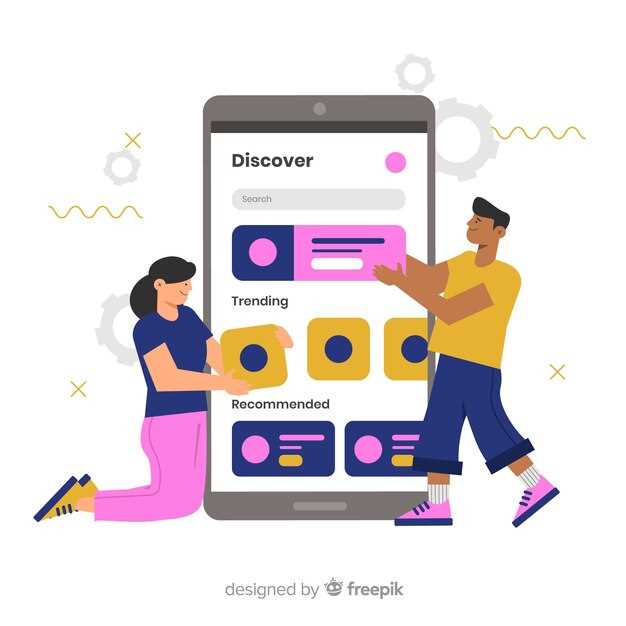
In an ever-evolving tech landscape, options for building software have diversified greatly. Cross-platform tools offer flexibility and efficiency, enabling developers to create solutions that function seamlessly across multiple systems. Such tools save time and resources, ensuring wider audience reach. With diverse frameworks available, selecting an optimal choice can seem daunting.
Different environments demand various approaches. Developers seeking high performance may prefer native solutions, while those prioritizing cost-effectiveness might lean towards hybrid frameworks. Additionally, each tool comes with its distinct advantages and trade-offs.
Frameworks like React Native, Flutter, and Xamarin have garnered significant popularity. These solutions allow teams to share codebases, enhancing productivity and reducing redundancy. Tools such as these empower programmers to utilize familiar languages while delivering top-notch user experiences.
Importantly, building with cross-platform tools can lead to challenges. Performance discrepancies, UI inconsistencies, and lagging native features often emerge as potential pitfalls. However, with careful planning and understanding of each framework’s strengths, developers can overcome these hurdles effectively.
Ultimately, the decision-making process revolves around project goals, team expertise, and budget constraints. Balancing these factors will lead to a fitting choice that resonates with end-users while achieving technical excellence.
Overview of Cross-Platform Options
In today’s digital landscape, developers face the challenge of selecting appropriate solutions for application creation. Numerous frameworks exist that allow for simultaneous deployment on various systems. This flexibility can result in significant time and cost savings. Many enterprises seek to reach broader user bases without sacrificing quality or performance.
Frameworks like React Native and Flutter have gained popularity recently. They enable the creation of applications that run seamlessly on both iOS and Android devices. With an emphasis on native performance, these tools bridge gaps between technologies, enhancing user satisfaction and engagement. Quality matters, and with these options, developers can achieve satisfactory results without extensive resource allocation.
Moreover, cross-platform advantages include a single codebase management system. This approach simplifies updates and bug fixes across operating environments. Developers can concentrate efforts on refining features rather than duplicate coding. As the tech world evolves, the importance of these solutions continues to rise.
Ultimately, selecting a cross-platform solution is about balancing functionality and reach. Each framework presents its unique set of features, so assessing project requirements is crucial. Decision-makers must evaluate the specific needs of their target audience while considering future scalability options. Ultimately, opting for versatile choices opens doors to innovation and improved market presence.
Advantages of Using Flutter
Flutter stands out as an innovative framework that simplifies cross-platform coding. Developers are increasingly drawn to its numerous benefits. The speed of development is remarkable. Widgets allow for seamless customization and adaptability. This flexibility is crucial in today’s dynamic tech landscape.
One of the key strengths of Flutter is its ability to provide a native-like experience on multiple systems. With a single codebase, you can create beautiful applications for both iOS and Android. This significantly reduces time spent on separate projects and minimizes overhead.
Performance is another notable aspect; applications built with Flutter often exhibit superior speed and fluidity. The framework leverages Dart, enabling direct compilation to native code. This means that developers can achieve responsiveness that rivals purely native solutions.
Hot reload functionality serves as a game changer, enhancing productivity by allowing developers to see changes in real-time without restarting the application. This feature fosters rapid experimentation, leading to faster iterations and improved user feedback.
Furthermore, a rich set of built-in widgets enhances UI design flexibility, creating intuitive interfaces. Developers can access an extensive library, ensuring a more engaging user experience. This not only simplifies design tasks, but also aids in maintaining a consistent look and feel across various platforms.
Ultimately, Flutter’s combination of performance, flexibility, and developer-friendly tools makes it an attractive option for many creators looking to make their mark in the app landscape.
React Native: A Popular Choice
In recent years, a certain framework has captured the attention of developers. It excels in creating applications for various platforms simultaneously. Efficiency, speed, and simplicity mark its most notable features. Many are drawn to its ability to provide a near-native experience.
React Native stands out due to its unique architecture. By leveraging JavaScript and React, developers can build robust applications while maintaining a single codebase. This approach not only saves time, but also reduces costs significantly. As a result, it has gained immense popularity among startups and established companies alike.
Furthermore, the strong community support ensures that developers have access to resources and updates. Regular contributions enhance the framework’s capabilities, keeping it competitive. It’s also compatible with third-party plugins, which helps extend its functionality without affecting performance.
Adopting React Native allows businesses to reach a wider audience without compromising on quality. When paired with popular libraries, it becomes even more powerful. This flexibility ensures that developers can implement complex features with relative ease. Hence, this framework continues to thrive in the dynamic world of software engineering.
Video:
App development ka kya scope h ?
App development ka kya scope h ? by Chai aur Code 65,713 views 11 months ago 11 minutes, 29 seconds
Q&A:
What factors should I consider when choosing a mobile app development platform?
When selecting a mobile app development platform, several factors need to be considered to ensure the best fit for your project’s needs. Firstly, evaluate the target audience; understanding whether your app will cater to iOS, Android, or both will influence platform choice. Secondly, assess your budget and resources, since some platforms may have higher development and maintenance costs. The complexity of the app is another critical aspect; simpler apps might be effectively developed using hybrid solutions, while complex applications could require native development for optimal performance. Additionally, consider the skills available within your team. If your developers are proficient in specific programming languages, that might steer your choice towards platforms that support those languages. Finally, evaluate the scalability and future-proofing options of the platform, as you want to ensure that the platform can support your app’s growth and evolving technology trends.
